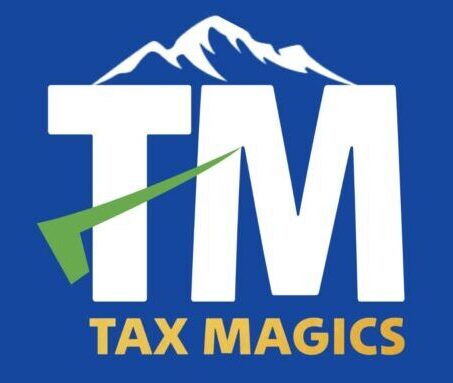“How to Save More on Taxes in FY 2025-26 Legally”
Savings tax legally is smart!
- Use Section 80C Deductions (Up to ₹1.5 Lakh)
- Under Section 80C, you can claim up to ₹1,50,000 deduction by investing in:
- Life Insurance Premiums
- Employees’ Provident Fund (EPF)
- Public Provident Fund (PPF)
- 5-year Fixed Deposits with Banks/Post Offices
- Equity-Linked Savings Scheme (ELSS)
- Sukanya Samriddhi Yojana (SSY)
- National Savings Certificate (NSC)
Need help filing your ITR with these savings?
Contact TaxMagics
We’ll do it for you quickly and corectly!
1. What GST Return?
A GST return is a statement of financial activity by a taxable person for a prescribed period. This allows a taxable person to self-assess the tax they owe for a specific period.
2. What are the different types of GST returns?
GSTR-1: monthly return for outward supplies GSTR-2: monthly return for inward supplies GSTR-3: monthly return containing details from other monthly returns filed by the taxpayer (GSTR-1, GSTR-2, GSTR-6, GSTR-7) GSTR-4: quarterly return GSTR-5: variable return to be filed by Non-Resident Taxpayers GSTR-6: monthly return to be filed by input service distributors GSTR-7: monthly return to be filed for Tax Deducted at Source (TDS) transactions GSTR-8: monthly return to be filed by e-commerce operators GSTR-9: annual return GSTR-10: final return to be filed when terminating business activities permanently GSTR-11: to be filed by taxpayers with a Unique Identity Number (UIN)
3. What is the purpose of Filing Return?
Finalization of the tax liabilities of the taxpayer within the stipulated period of limitation; to declare tax liability for a given period. Providing necessary inputs for taking policy decisions. Compliance verification program of tax administration. Mode for transfer of information to tax administration. Management of audit and anti-evasion programs of tax administration
